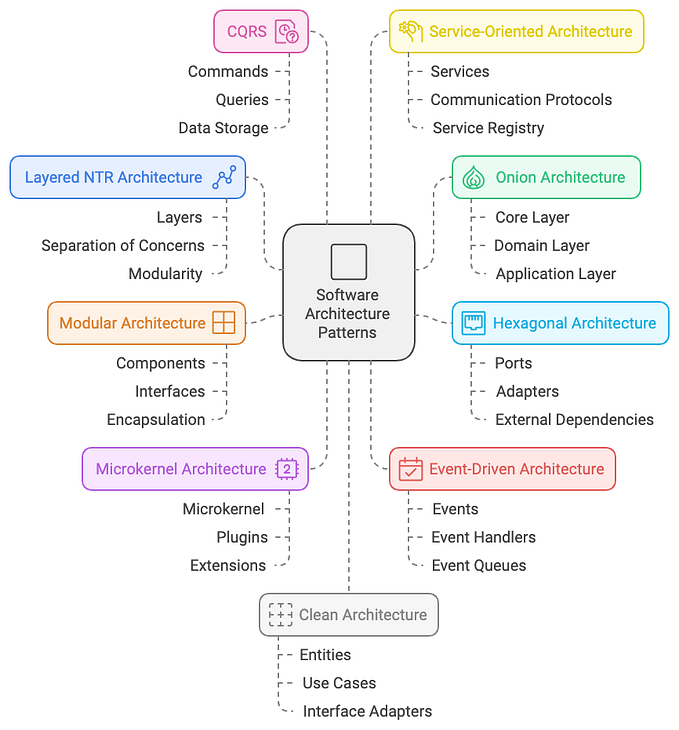7 .Net Core Tips For Beginners

The learning curve for .Net Core may appear severe to a beginner. But.NET Core is worth the time and effort because of its strong features and limitless possibilities. We’ll go over seven crucial basic recommendations in this article to make your code more effective, secure, and maintainable. Dependency injection, middleware, language capabilities of the C# programming language, LINQ, configuration files, asynchronous programming and security best practices are just a few of the subjects covered in these recommendations. You’ll be well on your way to becoming a skilled .Net Core developer by paying attention to these pointers.
1. Take advantage of Dependency Injection
The ability to decouple the various parts of your application is made possible by the powerful design pattern known as dependency injection. You can inject dependencies into your classes in .Net Core by using the framework’s integrated dependency injection container.
Here is an example;
public class MyController : Controller
{
private readonly ILogger<MyController> _logger;
public MyController(ILogger<MyController> logger)
{
_logger = logger;
}
}In this example, we’re injecting an instance of the ILogger class into our MyController class. This makes it easier to test our controller and keeps our code modular and flexible.
2. Use Middleware to Handle Requests
In .Net Core, a pipeline of components known as middleware manages requests and responses. Implementing authentication, logging, error handling and other features is possible with middleware.
Here’s an example of adding middleware to your Startup.cs file:
public void Configure(IApplicationBuilder app, IWebHostEnvironment env)
{
app.UseRouting();
app.UseMiddleware<MyMiddleware>();
app.UseEndpoints(endpoints =>
{
endpoints.MapControllers();
});
}In this example, we’re adding our own middleware, MyMiddleware, to the pipeline. This middleware will run before any of the controllers in our application.
3. Take Advantage of C# Features
The powerful programming language C# is always evolving. To increase the readability and maintainability of your code, make sure to utilize the newest features.
For instance; the using statement can be used to cut down on boilerplate code:
using var dbContext = new MyDbContext();This code automatically disposes of the MyDbContext instance when it goes out of scope.
4. Use LINQ for Database Operations
In .Net Core, LINQ is an useful instrument for data querying. Database tasks including data filtering, sorting, and grouping can be carried out using LINQ.
Here is an example of how to retrieve data from a database using LINQ:
var results = dbContext.MyTable.Where(t => t.IsActive)
.OrderBy(t => t.CreatedDate)
.ToList();In this example, we’re retrieving all rows from the MyTable table where the IsActive column is true, and we're ordering the results by the CreatedDate column.
5. Use Configuration Files to Store Settings
The settings that your application requires, such as connection strings or API keys can be stored in configuration files. A built-in configuration system in .Net Core’s framework makes it simple to read settings from JSON, XML, or other formats.
Here’s an example of reading a connection string from a JSON configuration file:
{
"ConnectionStrings": {
"MyDatabase": "Server=myserver;Database=mydatabase;User Id=myuser;Password=mypassword;"
}
}var connectionString = Configuration.GetConnectionString("MyDatabase");In this example, we’re reading the MyDatabase connection string from a JSON configuration file and storing it in a variable.
6. Use Asynchronous Programming to Improve Performance
Your application’s performance can be enhanced by using asynchronous programming, which enables you to carry out many processes simultaneously. The async and await keywords in .Net Core can be used to create asynchronous code.
Here’s an example of a method that retrieves data from a database asynchronously:
public async Task<List<MyModel>> GetMyModelsAsync()
{
using (var dbContext = new MyDbContext())
{
return await dbContext.MyModels.ToListAsync();
}
}In this example, we’re using the async and await keywords to make a database call asynchronously, which can improve the performance of our application. By using the ToListAsync method, the query is executed asynchronously, and the method returns a Task<List<MyModel>> object that we can await.
7. Follow Best Practices for Security
Security is a crucial consideration for any application. In .Net Core, there are several best practices that you should follow to ensure the security of your application, such as:
- Use HTTPS to encrypt all traffic between your application and clients.
- Use the
User Secretsfeature to store sensitive data during development. - Use parameterized queries to avoid SQL injection attacks.
- Use the
Authorizeattribute to restrict access to certain parts of your application.
Here’s an example of using the Authorize attribute to restrict access to a controller:
[Authorize(Roles = "Admin")]
public class AdminController : Controller
{
// rest of your controller code
}In this example, we’re using the Authorize attribute to ensure that only users with the Admin role can access the AdminController.
In conclusion, these seven pointers only a small portion of what is possible to learn about .Net Core. Yet, using these pointers will make your code more effective, secure, and enduring. To improve as a .Net Core developer, continually honing your skills and learning new framework features.
I appreciate you reading my article on the essential .Net Core beginner tips. I wish that these tips may come in useful to you as you work towards mastering .Net Core development. By using these tips, you’ll be on your way to creating more effective, safe and manageable code.
As they say; practice makes perfect.
Please leave a comment below if you have any questions or suggestions. 🤗
Good luck and happy coding 😎









